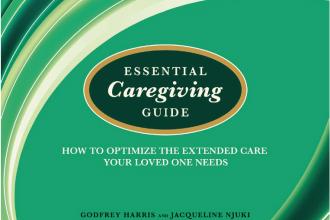Stories for Caregivers: Finding solace in a social platform
The role of the caregiver is crucial to the physical and mental health of outpatients. However, those providing essential support are often desperately in need of help themselves. There are approximately 1 million caregivers in BC, and research[1] from the Office of the Seniors Advocate indicates that 30% of them feel distressed and, therefore, unable to continue in their caring activities. The research also found that the support available to unpaid caregivers is less accessible now than it has been in previous years. It’s estimated that to replace family caregivers with paid employees would cost BC $3.5 billion a year, which would place increased strain on a health care system already under immense pressure.
To combat the issues of distress, anger, and depression within the caregiving community, Vancouver-based Coup Group has created a new not-for-profit social platform: www.storiesforcaregivers.com.
Stories for Caregivers aims to improve the quality of life for family caregivers through emotional support, access to free resources—such as educational videos and webinars—and a website for users to share their advice and experiences.
Dr Yvette Lu, a family physician from Burnaby, also hosts an educational video series called House Call on the site. In the series, she visits caregivers and finds practical solutions to the daily challenges they face.
The creator of Stories for Caregivers, Bannister Bergen, says that nearly 30% of Canadians over the age of 15 care for a family member or loved one, but they receive a lack of attention and support. Stories for Caregivers is there to let them know that they are not alone.
References
1. Office of the Seniors Advocate of BC. Caregivers in distress, a growing problem. Accessed 16 February 2018. www.seniorsadvocatebc.ca/app/uploads/sites/4/2017/08/Caregivers-in-Distress-A-Growing-Problem-Final.pdf

